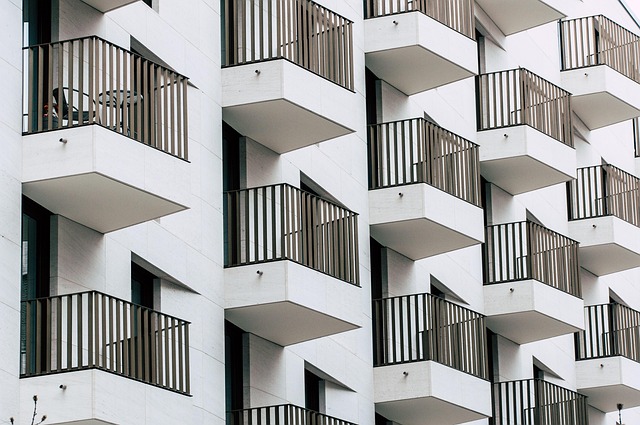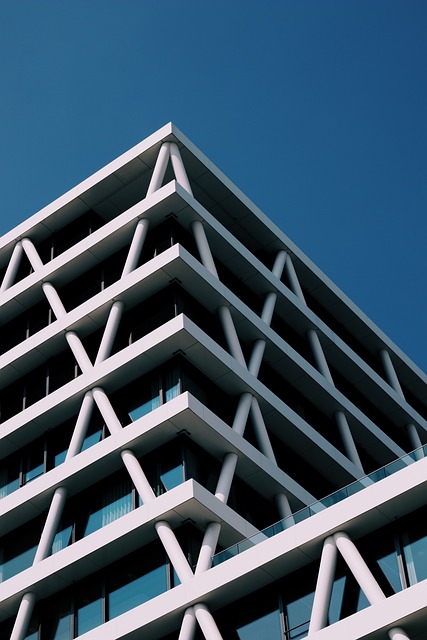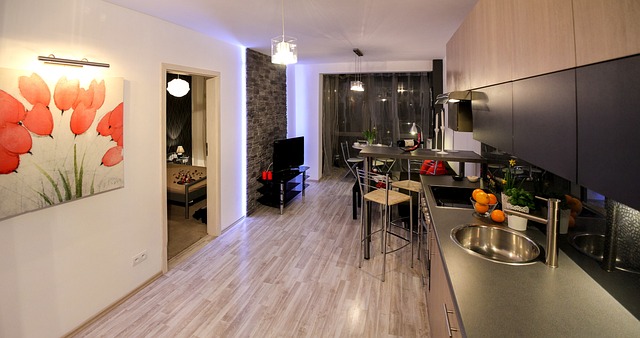Tenant mold complaints are a growing concern in rental properties, driven by conditions like dark, damp spaces, maintenance issues (e.g., leaky pipes), and inadequate ventilation or insulation. Tenants have rights, including the expectation of a safe living environment free from hazardous substances like mold. Prompt reporting is crucial, as it may entitle them to repairs, rent adjustments, or lease termination due to landlord negligence. Landlords are legally obligated to address these issues promptly in many jurisdictions, facing potential financial liabilities for noncompliance. Regular inspections and maintenance prevent extensive damage, while prompt reporting by tenants (indicating musty odors, stains, etc.) is essential for effective remediation using professionals following local guidelines. Security deposits also play a role in managing costs associated with repairs resulting from tenant mold complaints.
Mold in Rental Homes: Navigating Tenant Rights and Security Deposits
Tenant mold complaints are a growing concern, especially with increasing rental market competition. Understanding this issue is crucial for both landlords and tenants. This article explores the common causes of mold in rental homes and delves into legal responsibilities, helping tenants recognize signs and know their rights. Learn about effective steps to handle mold problems and the role security deposits play in repair processes, ensuring a healthy and secure living environment.
- Understanding Tenant Mold Complaints: Common Causes and Rights
- The Legal Standpoint: Landlord-Tenant Responsibilities Regarding Mold
- Recognizing the Signs: Identifying Mold in Rental Properties
- Handling Mold Issues: Steps for Tenants to Take
- Mitigating Damage: How Security Deposits Factor into Mold Repair Costs
Understanding Tenant Mold Complaints: Common Causes and Rights

Tenant mold complaints are a significant concern in rental properties, often leading to legal disputes between landlords and tenants. Understanding common causes behind these issues is essential for both parties. Mold thrives in dark, damp environments, making rental homes particularly vulnerable if proper ventilation and maintenance are lacking. Leaky pipes, inadequate dehumidifiers, or poor insulation can create the perfect conditions for mold growth unseen.
Tenants have the right to live in a safe and healthy environment, free from hazardous substances like mold. When they discover mold in their rental unit, they should promptly notify their landlord. According to many tenant rights organizations, tenants are protected under various consumer protection laws, which may entitle them to repairs, rent adjustments, or even termination of the lease without penalty if the mold is severe and caused by the landlord’s negligence.
The Legal Standpoint: Landlord-Tenant Responsibilities Regarding Mold

In many jurisdictions, landlord-tenant relationships are governed by strict laws that delineate responsibilities regarding property maintenance and safety, including mold issues. When a tenant raises concerns about mold in a rental home, landlords have a legal obligation to address the problem promptly and effectively. Failure to do so can result in legal repercussions, as mold complaints from tenants often lead to disputes over damage deposits.
Tenants are entitled to live in a safe and healthy environment, free from hazardous conditions like mold growth. Landlords are required to maintain the property in a habitable state, conduct regular inspections to identify potential issues, and remedy them without delay. Non-compliance with these duties may expose landlords to tenant complaints and legal action, which could impact security deposits and even lead to financial liabilities if mold-related damages go unrepaired.
Recognizing the Signs: Identifying Mold in Rental Properties

Recognizing the signs of mold in rental properties is crucial for tenants, as it can significantly impact their living environment and health. Tenant mold complaints are on the rise, with many individuals reporting musty odors, visible stains on walls or ceilings, and even bubbling or peeling paint—all potential indicators of a hidden mold problem. It’s essential to be vigilant, as early detection can prevent extensive damage and costly repairs.
Tenants should regularly inspect their rental units for any signs of moisture accumulation, as this creates ideal conditions for mold growth. Areas like bathrooms, kitchens, and basements are particularly vulnerable. If you notice persistent water stains, condensation on windows or walls, or a musty scent that doesn’t dissipate, it’s wise to address these issues promptly with your landlord.
Handling Mold Issues: Steps for Tenants to Take

If a tenant discovers mold in their rental home, it’s crucial to act promptly. The first step is to document the issue by taking photos and noting the extent of the mold growth. Next, they should inform their landlord or property manager about the problem, providing clear details about the location and severity. Tenants have the right to a safe living environment, and according to many jurisdictions, landlords are responsible for rectifying such issues.
Upon receiving a tenant mold complaint, the property owner should address it promptly. This typically involves hiring professionals to assess and remove the mold, ensuring the affected area is properly ventilated and treated. Once resolved, the landlord might need to provide written documentation of the remediation process. It’s essential to follow local guidelines and legal requirements regarding mold removal to prevent further health risks.
Mitigating Damage: How Security Deposits Factor into Mold Repair Costs

When tenants raise concerns about mold in rental properties, addressing the issue promptly is crucial to mitigate further damage and avoid costly repairs. Security deposits play a significant role in managing these situations, as they can be used to cover restoration costs. In cases of tenant mold complaints, landlords are responsible for conducting thorough inspections and implementing effective remediation strategies.
The amount of the security deposit may influence the repair process. Significant mold growth often requires extensive cleaning, replacement of affected materials, and even structural repairs. Landlords should provide transparent estimates for these tasks to tenants, ensuring that the deposit covers the necessary expenses fairly. Proper maintenance and regular inspections can prevent mold-related issues, safeguarding both the property and the tenant’s security deposit.
